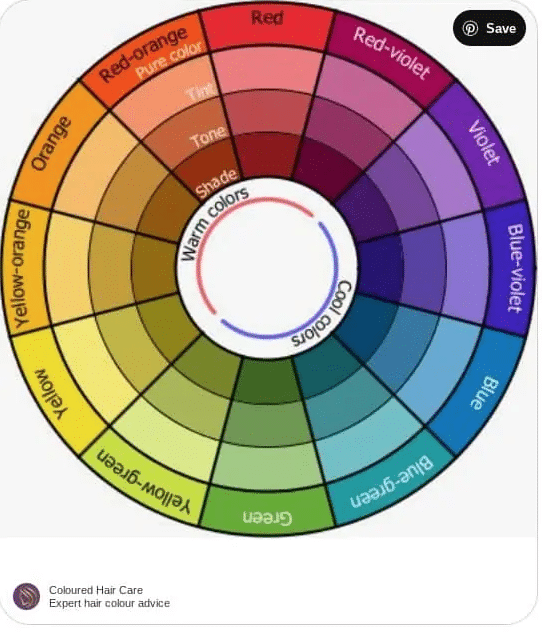

In combinative settings like haircoloring, using light, medium and dark shades of a particular base color can create very flattering dimensional color effects. Monochromatic colors can add a sense of sophistication to the look. In comparative situations (such as in fashion and interior décor)

This refers to color that are all the same base color but of different hue and value. Last color relationship we’ll look at is Monochromatic Colors. In blending analogous colors (such as in haircolor) you can use an analogous color to intensify the hue of the hair’s existing color. Paired inĬomparison situations, analogous pairs coordinate well together. Looking at very subtle shades as you get into fourth and fifth generation color combinations.Īnalogous colors are generally compatible and can be made different by the lightness or darkness of the shade. Depending on the depth of the color wheel in question, you may be looking at comparing a primary color with its neighboring secondary color, or Placed side by side will intensify the appearance of both colors, yet when any two complementary colors are combined in the proper proportion (as when applying haircolor for color correction), they neutralize one another.Īnalogous colors are those that are side by side on the color wheel.

When colors are opposite one another on the color wheel they are Complementary Colors. The purpose of the color wheel is to clearly illustrate the way in which the colors relate to one another.


 0 kommentar(er)
0 kommentar(er)
